Easter Island pelagic birding. Chile’s offshore waters are known for being some of the most productive oceanic regions on Earth, and you can prove this by taking a short pelagic trip off Valparaiso or Quintero, where you are likely to encounter a myriad of tubenoses and other seabirds occurring in the cold and rich waters of the Humboldt Current, that runs along almost the entire length of Chile, flowing north towards Peru and Ecuador. But it’s not just the Humboldt Current system that is superb for this type of birding in Chile; there are a few oceanic islands, offshore dependencies which are truly excellent for pelagics.
The Juan Fernandez Archipelago and its three associated islands including Robinson Crusoe, where three terrestrial endemic birds are found besides the pelagic seabirds, is one of them, as are the Desventuradas Islands, San Felix and San Ambrosio… but that’s another story!
Probably, the least known of Chile’s pelagic hotspots is the island of Rapa Nui or Easter Island, which was the name given by the Europeans who ‘discovered’ it for the western world in 1722. Rapa Nui – this seemingly barren, triangular, volcanic rock, lying in the middle of the Pacific Ocean, is readily accessible from Santiago de Chile, with many flights a week. Hundreds, and even thousands of tourists, focus their limited time in the island and visit the moai, enigmatic giant stone statues which were carved during the centuries by the skilled early inhabitants of the island.
Rapa Nui was once an island completely covered by palm trees and many land birds were part of its once rich avian diversity. The further environmental collapse caused by its inhabitants and foreign settlers, as a result of centuries of deforestation and the depletion of natural resources, eventually led to the total extinction of all the terrestrial bird species and even most of its seabird colonies.
Fortunately, there are still healthy populations of several seabirds, including boobies, frigatebirds, tropicbirds, noddies and at least five tubenoses. And the best part is that you can take a short boat trip from Hanga Roa bay to see all of these seabirds just offshore the main Island, a seabirding excursion to the Motus.
The Motus, as the locals call the small volcanic islets located in the south-western corner of the island in native language, hold an outstanding number of pelagic birds; these emerging rocks are probably some of the few places on Earth where you can find up to five Pterodroma or Gadfly petrels, the most common being the stockily-built Kermadec Petrel and the elegant Herald Petrel. The islets also hold small numbers of Phoenix Petrel, a newly-discovered population of Murphy’s Petrel that breeds in the main island and the recently-split Henderson Petrel (formerly considered as a dark morph of Herald Petrel). Other interesting seabirds occurring in the Motus as well as on the main island are Red-tailed and White-tailed tropicbirds, Great Frigatebird, Masked Booby, Grey Noddy, the scarce Sooty Tern, Brown Noddy and Christmas Shearwater.
Over the years, we have been taking many visitors to these little volcanic islets, and we can conclude that this is truly a fantastic experience for the sea birder. We normally circumnavigate the islets during the late afternoon, when the birds are coming back from the ocean to their breeding grounds, consisting of burrows, ledges and crevasses. On one of our early trips, our leader Enrique Couve found the first documented record of Murphy’s Petrel for the Island, as he was watching ‘this dark-and-strange’ petrel flying over the red volcanic rock quarry of Puna Pau, one of the archaeological sites of the main island. Recently, the breeding of this seabird on Rapa Nui has been confirmed.
As we see, the Island still keeps many secrets, and not just for the archaeologist… These enigmatic and relatively unknown petrels still have a lot to reveal about their feeding and breeding ecology, distribution range and population dynamics. Join us on one of our exciting journeys of discovery to this enigmatic island of Polynesia and discover its fascinating and seldom-seen seabirds with us.
easter island pelagic birding | easter island pelagic birding | easter island pelagic birding | easter island pelagic birding | easter island pelagic birding | easter island pelagic birding | easter island pelagic birding | easter island pelagic birding | easter island pelagic birding |

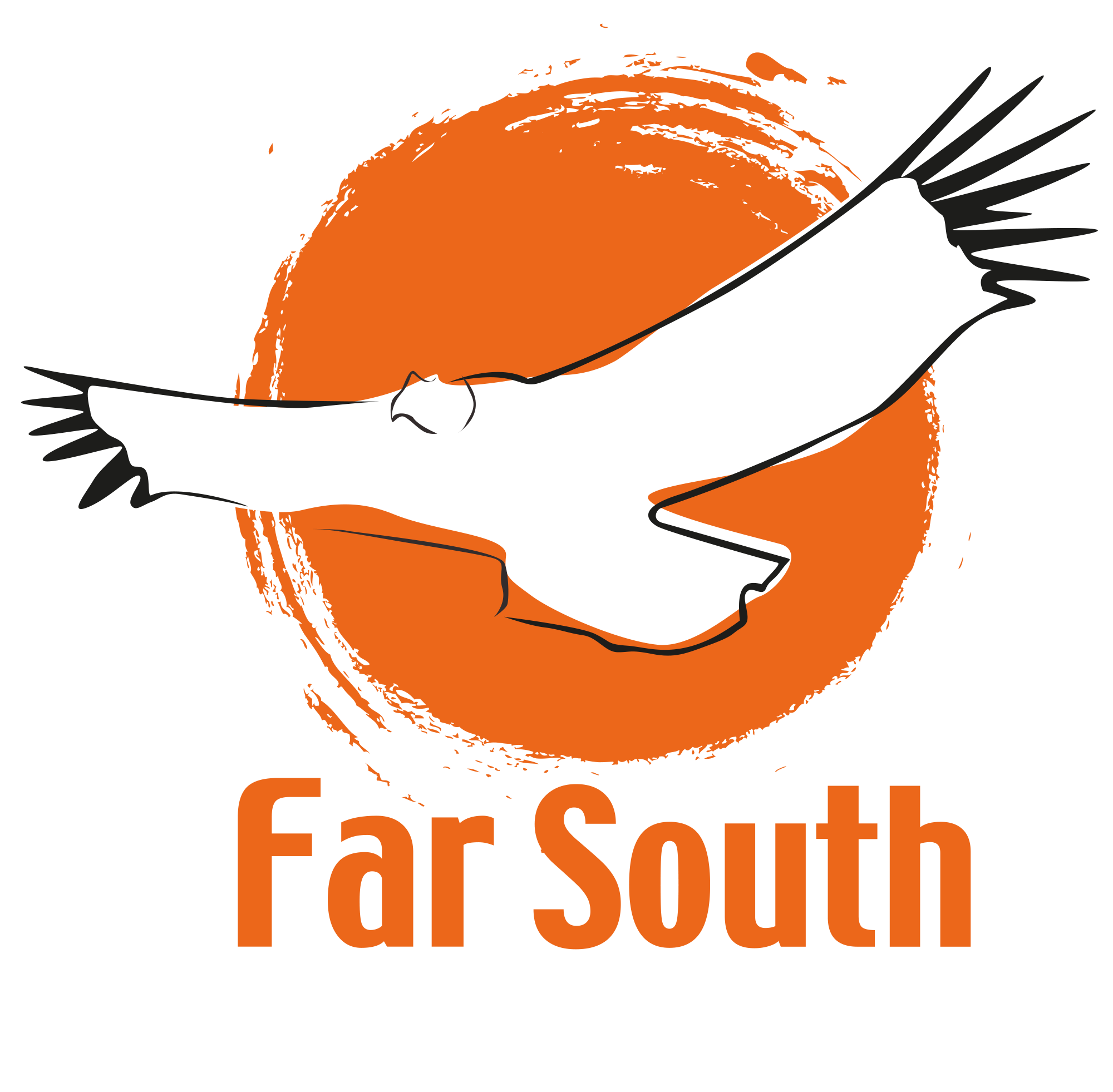
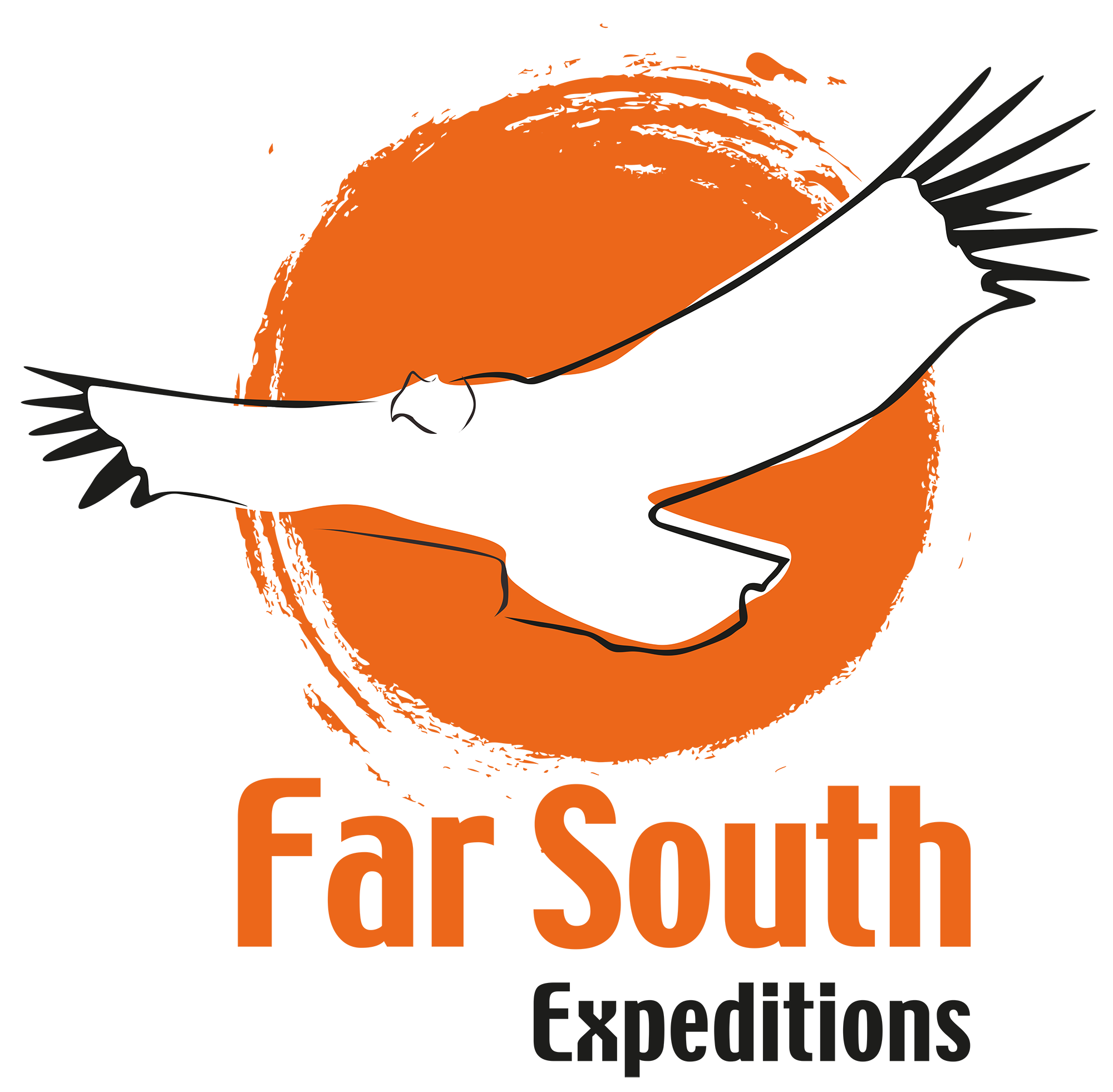

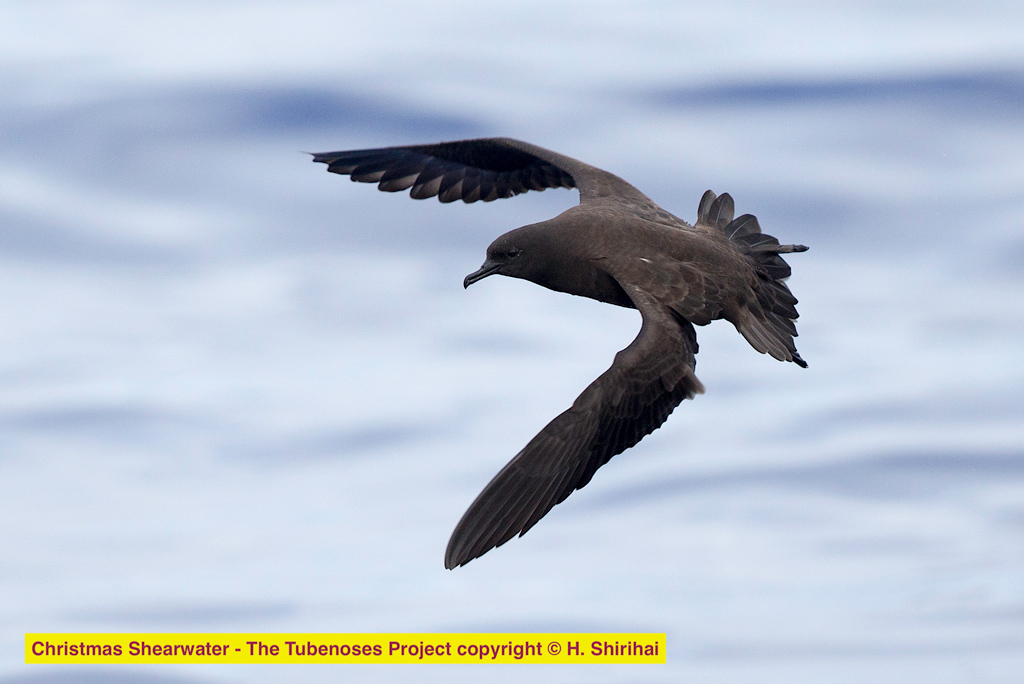
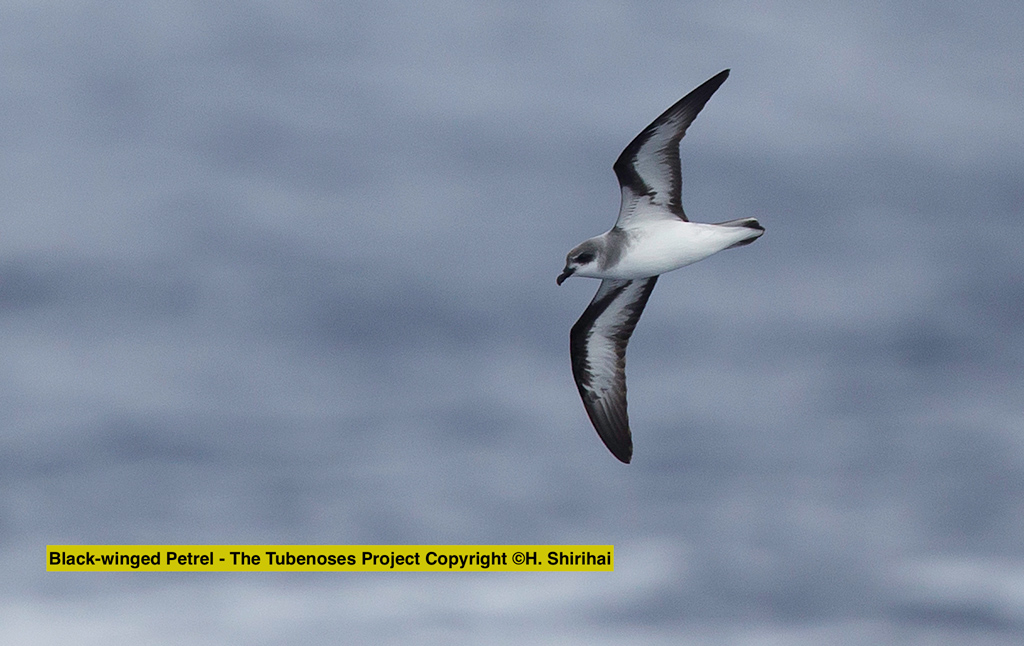
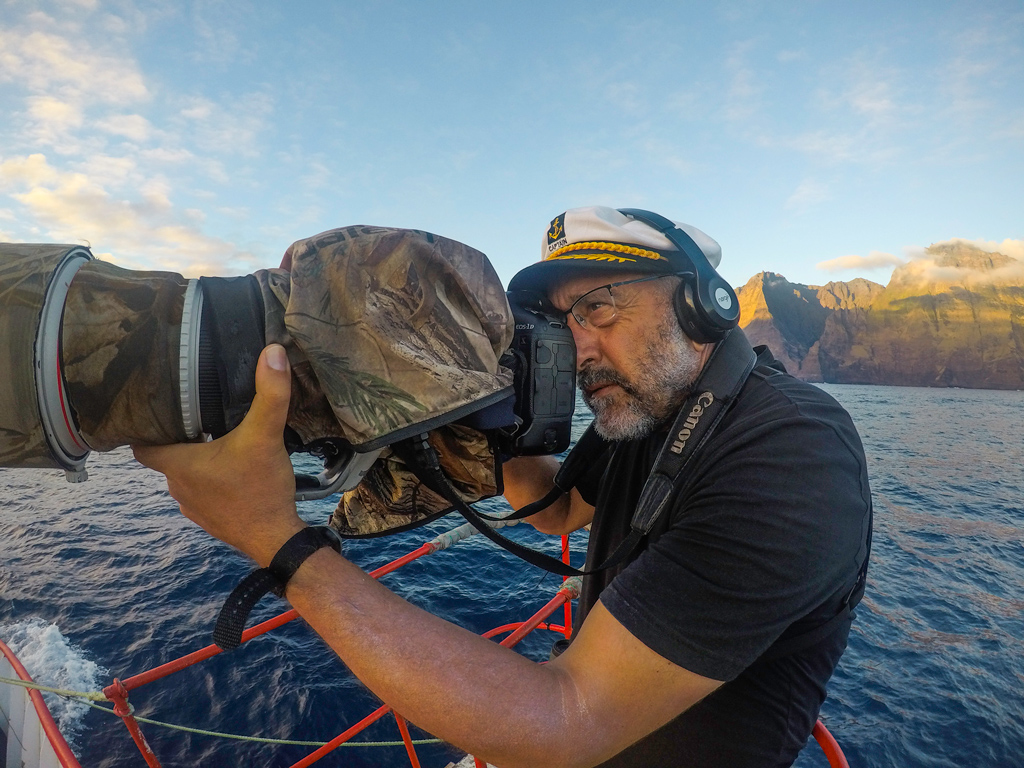
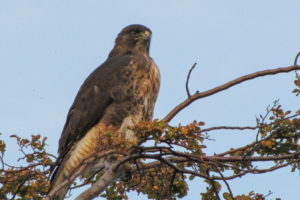

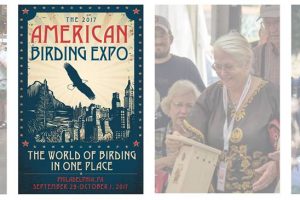

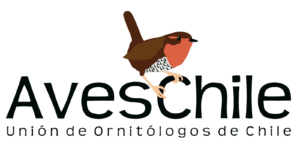
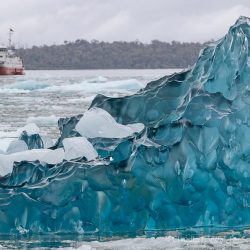


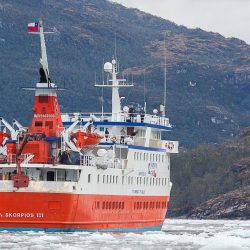
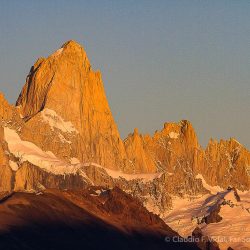
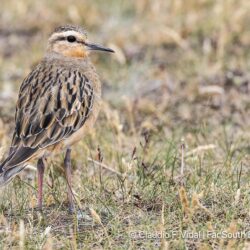
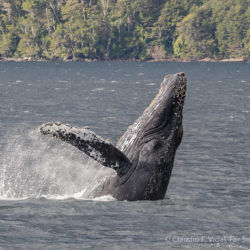
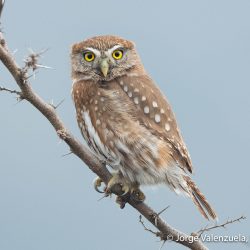



2 Comments
Leave your reply.